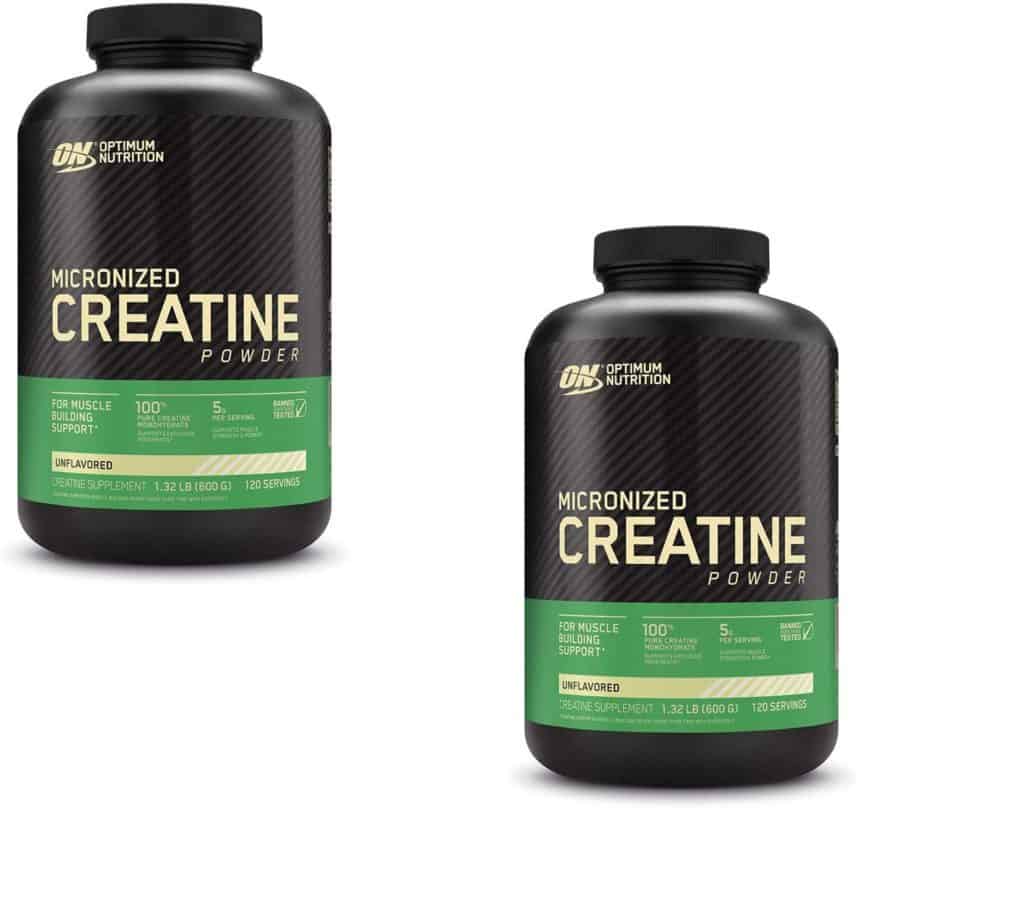
Women are an underrepresented group in sports nutrition and supplementation, which may dissuade them from using products that could provide benefit. Seeing a male bodybuilder in a supplement advertisement may lead them to believe that a particular product just isn’t made for them.
Creatine has been researched more than any supplement to date. It works and everyone knows it works, so much so that it’s not exciting to talk about. In some pre-workout and intra-workout supplements creatine is seen as a throw in rather than the main beneficial component.
Despite this, there are misconceptions about creatine which may deter some women from taking it. These are addressed below which will hopefully encourage women to add it to their supplement arsenal.
Benefits of Creatine for Women
Creatine is misunderstood as most people think it’s just a molecule that leads to water retention. Creatine works in a variety of ways to increase athletic performance and lean body mass.
Yes, creatine increases water retention, but not in the way you may think. Creatine increases water retention within the muscle itself, not subcutaneously (under the skin). This confusion has dissuaded many women from using it since they obviously don’t want to take something that would make them look bloated and watery.
This water retention keeps the muscle hydrated and increases the volume of the muscle cell itself. Muscle is nearly 80% water, and creatine helps the muscle to soak up all it needs. As a result, muscles look bigger and fuller.
Creatine delays time to fatigue and boosts performance for both men and women. A study on trained female soccer players who supplemented with creatine showed greater improvements in sprints and jumping compared to athletes who did not use it.
What most people don’t know is that creatine also operates as an energy source. Similar to the way we use carbohydrates and fats for energy, we use creatine. Creatine generates ATP (energy) rapidly, which makes it great for high intensity activity like lifting weights and anaerobic sports. In this sense you could view creatine as a fuel source, with daily supplementation ensuring that this fuel tank is filled to capacity.
New research is promising on creatine’s affect on mental health. Evidence indicates that it may improve mood and cognitive performance. The brain uses creatine for energy just like muscles do. Supplementing with creatine can slow depletion of energy in the brain, thus resulting in better mood stability and mental acuity.
Creatine also seems to have a synergistic effect with SSRI’s in the treatment of depression, particularly for women.
Another possible benefit that is exclusive to women occurs during pregnancy. Creatine kinase levels decrease during the early stages of pregnancy, due to the obvious metabolic energy demands from the child’s development. Animal models show a potential benefit in creatine supplementation, but it has yet to be studied in humans.
Weight Gain
As mentioned, creatine pulls water into the muscle cells to increase hydration. This means that there will likely be inevitable weight gain for anyone using it. It’s important to have this expectation going in and to understand that any weight gain is due to this increase in total body water, so long as your diet hasn’t changed in the process. Creatine itself has no caloric value, and will not increase fat mass independently.
With this being said, it’s important to stay on top of hydration when supplementing with creatine. An easy rule of thumb is to consume .75 ounces of water per pound of body weight. An example is outlined below.
For a woman weighing 130lbs
130 x .75 = 97.5 fluid ounces of water per day
This comes to about 6 bottles of water. But keep in mind that diet plays a role in hydration as well. Certain fruits and vegetables have a high water content, which counts toward total body hydration. Celery, watermelon, lettuce, and strawberries are particularly high in water.
Safety
There are numerous studies touting not only the efficacy of creatine supplementation, but safety as well. The kidney/renal failure myth has been debunked many times, and healthy individuals can rest assured that creatine is safe to take when dosing properly.
A two year randomized controlled trial was performed on older women to study what effect creatine would have on bone health in post menopausal women. It’s one of the longest (two years) and largest (200 participants) studies on creatine for women.
The study showed no impact on bone health, which is to be expected as the women did not resistance train. We mentioned earlier that creatine is best used in conjunction with resistance exercise. But that’s not the point of citing this study. This study is a great representation of the safety of creatine. This was a population of older women who took creatine for an extended period with no issue. An excerpt from the study states:
This trial also suggests that long-term Cr supplementation is possibly free of important adverse events and does not clinically affect health-related laboratory markers. This extends a growing body of literature showing that short- to mid-term Cr supplementation (ie, up to 6 months) is safe in older individuals.
How Much to Take
The general dosing instruction of 3-5 grams per day will work for 99% of men and women. If you want to get super technical, you can take 0.1g/kg of lean body mass. Either strategy will work to fully saturate muscles with creatine.
Another practice is called loading. This is a short term, high dosage phase that saturates the muscles more quickly that the maintenance dosing strategy above. When loading, you would consume 20-25g of creatine per day for 5-7 days. Truthfully, I’ve never been a fan of this practice as it can lead to gastrointestinal issues.
The most important thing when supplementing with creatine is consistency. Taking creatine every day ensures the muscles are saturated and that you can experience the performance benefits for each workout. Timing isn’t critical, but most people take it pre or post workout. In fact, many popular pre-workout supplements contain 3-5 grams of creatine already.
There was an old school of thought that suggested cycling on and off creatine, typically in a “4 weeks on 4 weeks off” manner. But as more research has been conducted, it’s become more evident that there is no need to ever cycle off of creatine if you don’t want to.

Creatine Brands for Women
Quite frankly, it’s the same as men. Creatine monohydrate is the most common form, and the one that has been studied the most. There is no evidence that any other form is superior to monohydrate. However, some people prefer to use creatine hydrochloride.
Hydrochloric acid is the acid found in your stomach which helps to start the digestive process. Some people have low levels of this acid and may benefit from supplementing with creatine hydrochloride as opposed to the standard creatine monohydrate.
The ironic thing is that for how great creatine is, it’s remarkably cheap. This brand of creatine monohydrate from a reputable company goes for under $20 and will last for months. But truly any brand will suffice.
Hopefully this information has quelled any fears and misconceptions about the effects of creatine for women. It is a well-researched supplement with a variety of benefits, and with the incoming studies on brain health and mental health we may not be done yet.
